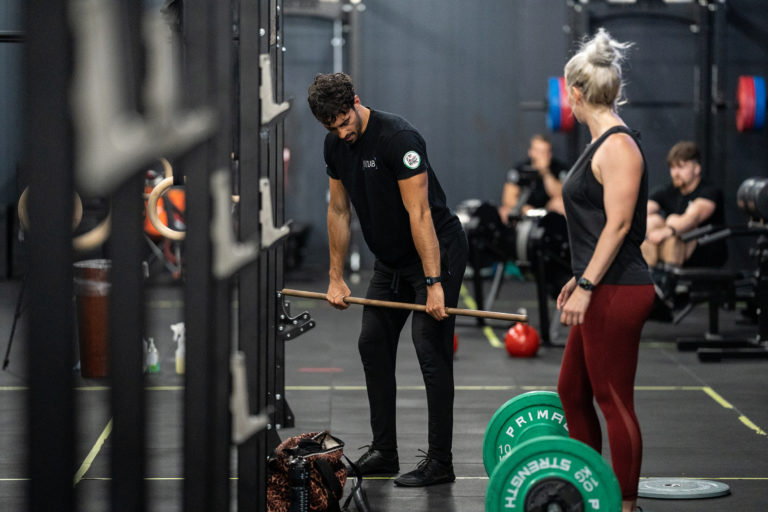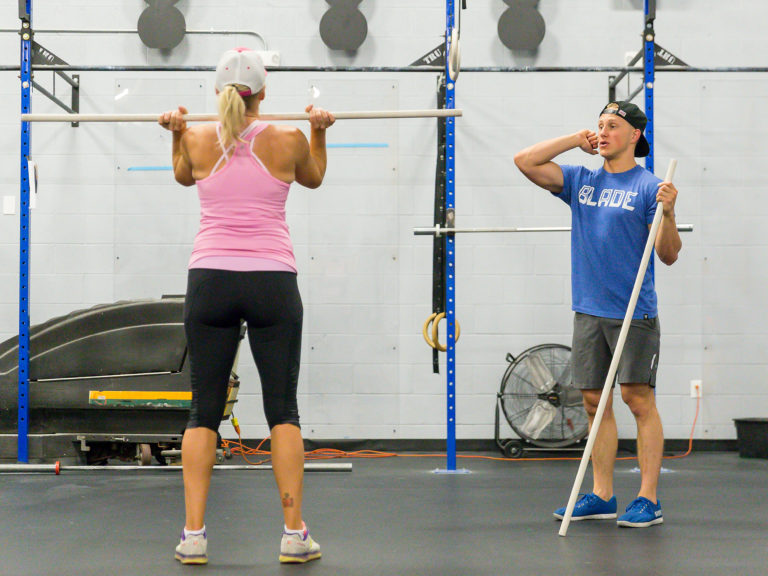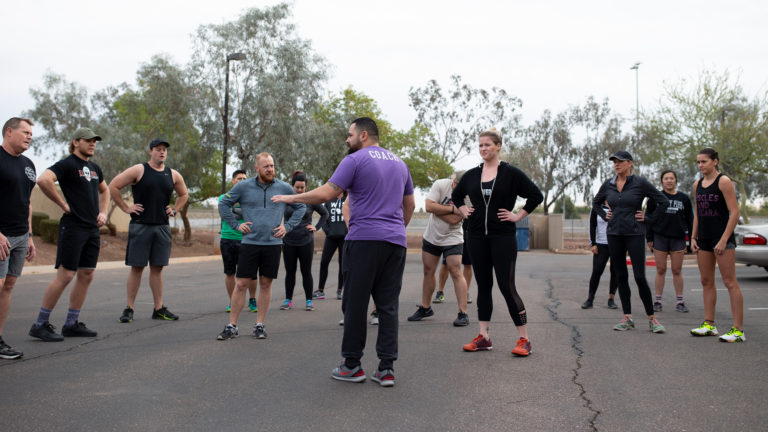Adam Neiffer didn’t start his career by coaching 2021 NOBULL CrossFit Games champion Justin Medeiros to victory. His coaching journey began in 2007 when he walked into CrossFit Portland. Neiffer said observing the coaches there showed him what was possible through CrossFit.
Imagine if the owners of CrossFit Portland had told Neiffer that, given his lack of experience, he couldn’t hang out and watch some coaching. No trainer possesses the experience needed to coach at the top level at the start of their coaching careers. Entry-level coaching expertise doesn’t qualify a coach for their future role, but over time, on-the-job experience and observation can combine to create exceptional, life-changing coaches.
You have to start somewhere when developing any skill or capacity. The idea that there is a perfect ascent in the ranks of coaching — and that athletes are untouchable until a teacher has stowed away an immense amount of book knowledge while watching from the sidelines — creates unnecessary barriers to entry. It can also weed out potential career coaches and complicates the simple — although not easy — nature of coaching movement and athletes.
How Do You Start?
So, how do you start your coaching career?
The essential first step is to do CrossFit. Being a student of CrossFit delivers an unparalleled experience with the real-life application of the material you will one day teach to others. In this setting, you learn by being an athlete. The struggles and failures associated with learning a muscle-up and the effort and time it takes to develop a double-body-weight deadlift all carry over to coaching. This is similar to many sports in which coaches take their love for the game and turn it into a lifelong profession.
Another often-overlooked starting point is the simple and accessible observation of coaches. Taking the time to observe coaches on the gym floor gives you the opportunity to witness many elements required of the profession — class timeline, scaling, interactions, presence, and attitude, to name a few. This does not have to be specific to the sport or training that you intend to coach. Watching a coach in any practice environment adds value to your development. Observing a class or practice is low risk, as you are not required to actually coach. Most coaches will not mind and are actually delighted to help an interested person pursue the profession.


